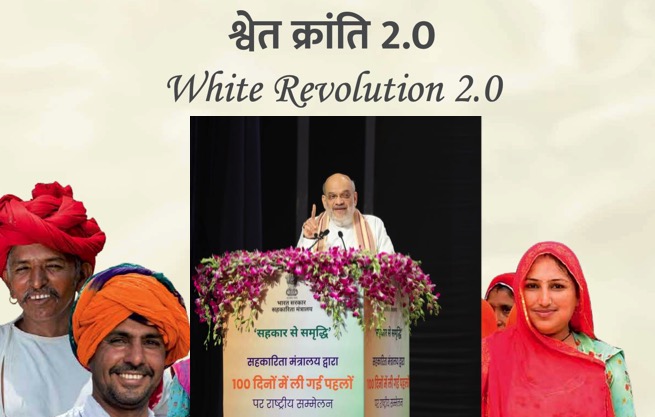In what is being seen as yet another attempt to impose Hindi on non-Hindi speaking Southern States, the Karnataka Milk Federation (KMF) is now faced with a direction from the Food Safety and Standards Authority of India (FSSAI) to label curd as “Dahi” prominently and use “Mosaru” (the Kannada equivalent) in brackets.
In the same clarification given to Tamil Nadu Co-operative Milk Producers Federation, it has said that “Tair” or “Tayir” can be used in brackets.
While the clarification has already been opposed by several Kannada groups that have met the KMF officials, the federation is still considering the pros and cons before implementing the direction.
The FSSAI clarification on labelling curd has come recently after Kerala, Tamil Nadu and Karnataka milk federations sought usage of local nomenclatures on the curd sachets. The labelling comes in the sub-regulation relating to “standards of fermented milk products”.
KMF sources confirmed the receipt of the letter from FSSAI. Narasimhamurthy, the President of Bengaluru Milk Union Ltd., one of the largest milk unions in the State, said that the Board would consider the attempt to impose Hindi and will write again to FSSAI seeking a review.
The letter from Joint Director (Science and Standard) said, “In case of fermented products complying with relevant provisions of Dahi, any other designation (prevalent regional common name) may be used together with the term Dahi in brackets on the label. Accordingly, Dahi can be labelled as per the following examples. Dahi (Curd), Dahi (Mosaru), Dahi (Zaamut daud), Dahi (Tayir), Dahi (Perugu) or Dahi (Tair) etc., based on the regional nomenclature used in different states for Dahi.”
KMF sources said that the Federation was now weighing options to balance the statutory directions and the pressure from multiple Kannada groups that are insisting on using Kannada prominently.
“Local sentiments have to be taken into consideration, and KMF should also not lose its identity. Locally, the regional nomenclature should have been allowed to be used prominently instead of Hindi. It is also difficult to maintain uniformity in our country with such a huge diversity.”





























